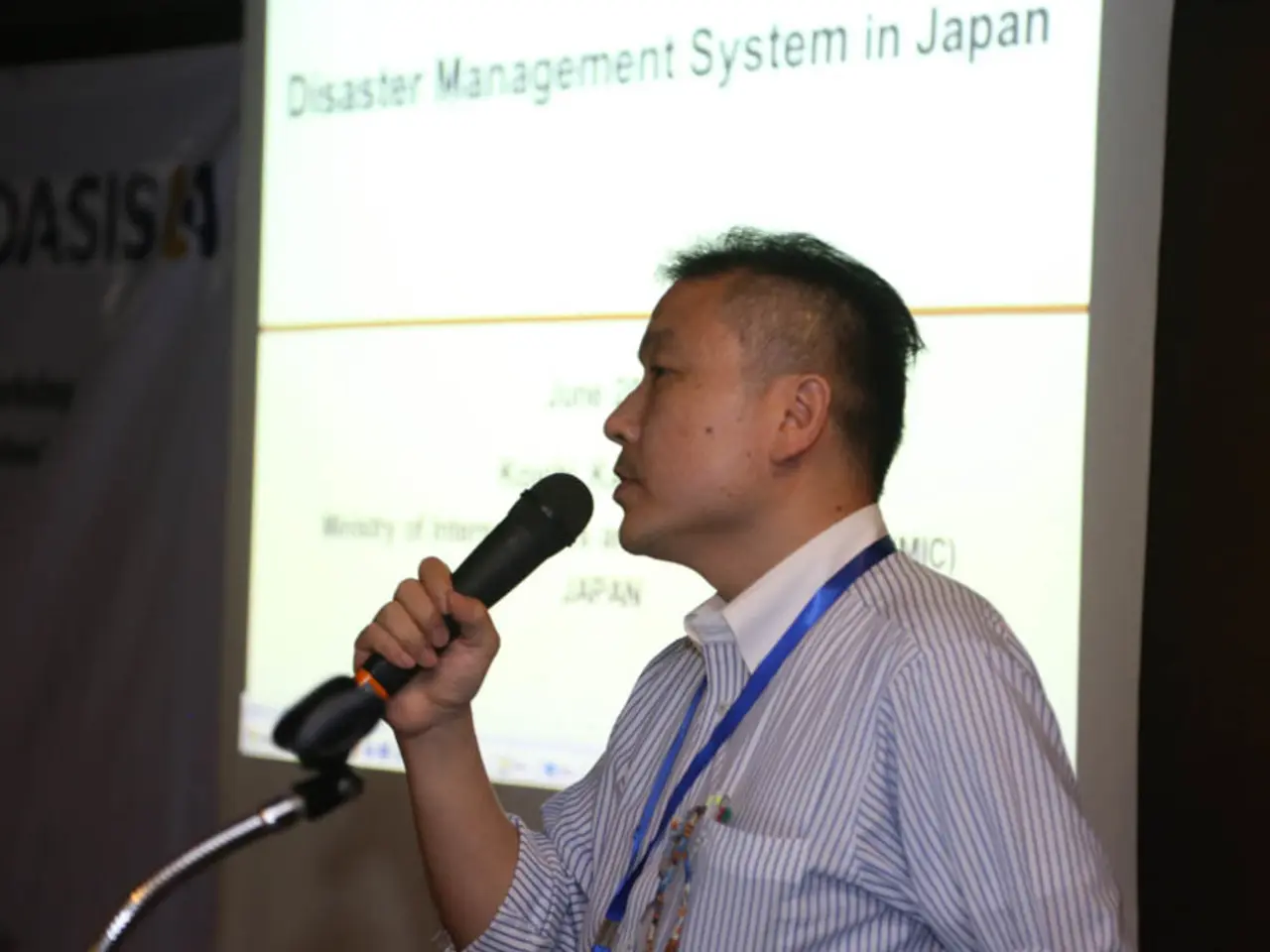The world's most generously subsidized food items revealed
In an effort to maintain food security and economic stability, governments across the globe provide substantial support to various food sectors. Here's a rundown of some of the most heavily subsidized foods and crops:
Staple grains like corn, wheat, and rice receive extensive subsidies as they are essential for food security and widely consumed both directly and indirectly (as animal feed). Soybeans and sugar are also heavily supported due to their industrial and food uses. Dairy products and meat (beef, poultry, pork) receive large subsidies, especially in developed countries, to maintain production stability and affordability.
Corn, a staple crop with vast importance in agriculture, serves as a fundamental raw material in animal feed, biofuel production, and numerous processed food products. Wheat is a crucial grain cultivated across many continents, forming a basic component of diets in numerous countries. Rice, especially in Asia, is a fundamental crop, and governments provide subsidies to support farmers' livelihoods and maintain steady production levels.
Soybeans are a versatile crop widely cultivated for their protein-rich beans, used in animal feed, oil extraction, and various food products. Beef production is resource-intensive and receives support for feed subsidies, veterinary services, and infrastructure improvements to mitigate the impact of volatile meat prices and environmental challenges. Chicken farming benefits from financial support aimed at reducing feed costs and improving production efficiency, with a focus on disease prevention programs and infrastructure development.
Pork production relies heavily on feed crops such as corn and soybeans and receives support for biosecurity, disease control, farm modernization, and infrastructure development. Cotton farming receives financial support to offset high production costs and price volatility, with a focus on balancing environmental concerns with economic viability. Barley is widely grown in temperate regions for animal feed, brewing, and food products. Governments provide subsidies to help manage risks related to weather variability and market price swings.
Palm oil, a major source of vegetable oil used in many processed foods, cosmetics, and biofuels, receives support for infrastructure development to increase yields and expand plantations, with a focus on sustainability and reducing deforestation. Sugar production receives subsidies in many countries to protect domestic industries from global price swings and import competition. Subsidies for sugar often help stabilize farmer incomes and encourage investment in production infrastructure.
Potatoes require support to manage pests, diseases, and variable climate conditions. Financial assistance is targeted towards research, seed quality improvement, and farmer training programs.
These subsidies primarily come in forms of production subsidies (supporting farmers to produce more) and consumer subsidies (making food more affordable). While the exact ranked list of the 13 most subsidized foods worldwide is not explicitly detailed, agricultural subsidy programs typically focus on these staple and commodity foods because they are central to food security and economic stability.
The effects of these subsidies on production and availability are manifold. Increased Production can lead to surplus production beyond immediate market demand, sometimes resulting in storage issues and depressed world market prices. Lower Consumer Prices make foods more affordable for low-income populations, increasing access to staples and sometimes healthier foods when targeted specifically.
However, these subsidies can also cause market distortions by incentivizing cultivation of subsidized crops at the expense of other potentially more sustainable or nutritious crops. For example, large-scale subsidies on staples in Sub-Saharan Africa led to farmers allocating more land to subsidized crops rather than cash crops, influencing crop diversity and land use.
Nutrition and Health Impacts of subsidies on staple and commodity crops generally improve food availability and calorie intake globally, but may incentivize consumption of less nutritious food if unhealthy products like sugary drinks are not equally taxed or regulated. Conversely, subsidizing fresh fruits and vegetables can positively impact public health by increasing their consumption.
Environmental and Social Costs associated with overproduction of subsidized foods, especially meat, can have hidden environmental costs (e.g., methane emissions from livestock), and social costs including labor issues in factory farming.
In summary, the most heavily subsidized foods worldwide are staple grains (corn, wheat, rice), soy, sugar, dairy, and meats. These subsidies boost production and availability, aiming to enhance food security and affordability but can cause economic distortions, environmental impacts, and nutritional challenges depending on implementation specifics.
- Science plays a significant role in addressing the environmental challenges that arise from the overproduction of heavily subsidized foods, particularly meat and dairy, in order to mitigate their environmental costs.
- As the effects of climate change become increasingly apparent, it is essential that environmental-science researcher pay close attention to the impact of food and agricultural policies, including subsidies, on the global climate.
- In the realm of lifestyle and general-news, discussions about food and drink often delve into the politics of policy-and-legislation surrounding agricultural subsidies, considering their implications on food security and global cuisines.
- Recipes that feature plant-based alternatives to heavily subsidized meats can play a role in promoting sustainable environmental practices, contributing to a healthier environment and reducing the global carbon footprint.
- Cultivating a broader understanding of global-cuisines can help raise awareness about the environmental costs associated with overconsumption of heavily subsidized foods, ultimately driving political support for policies aimed at reducing subsidies and promoting more environmentally friendly food choices.





